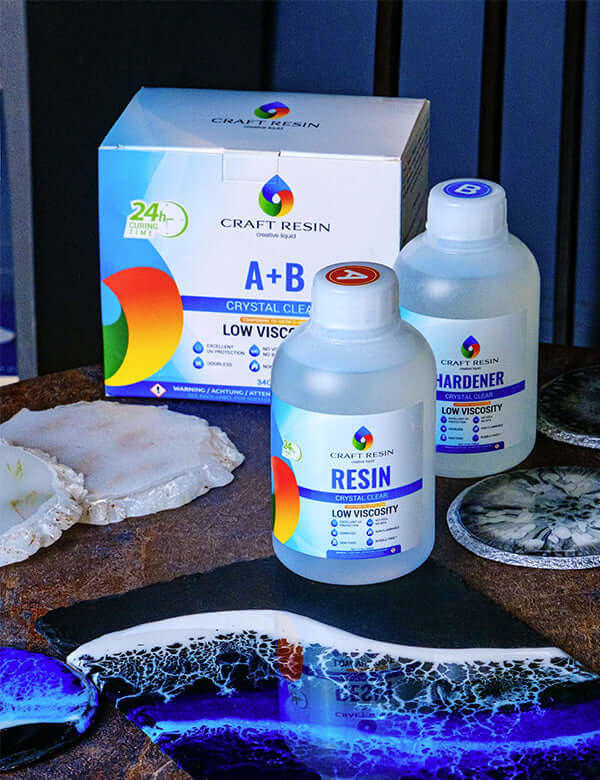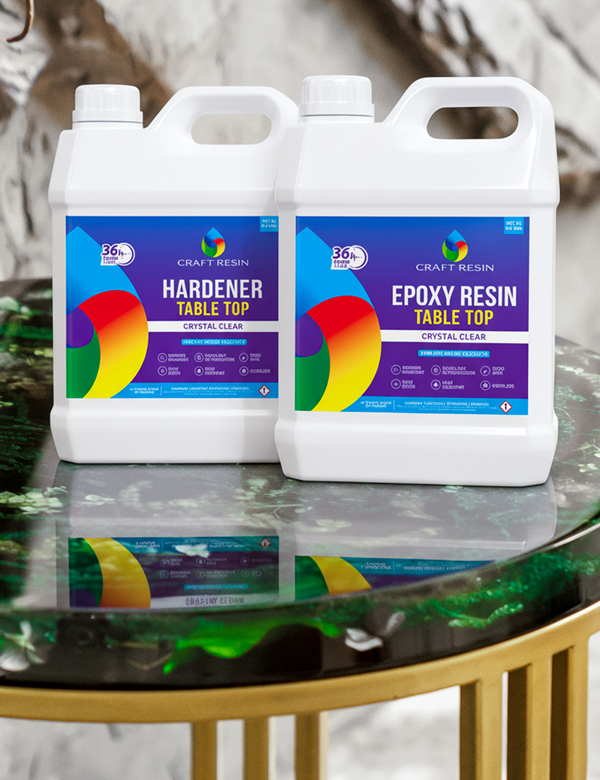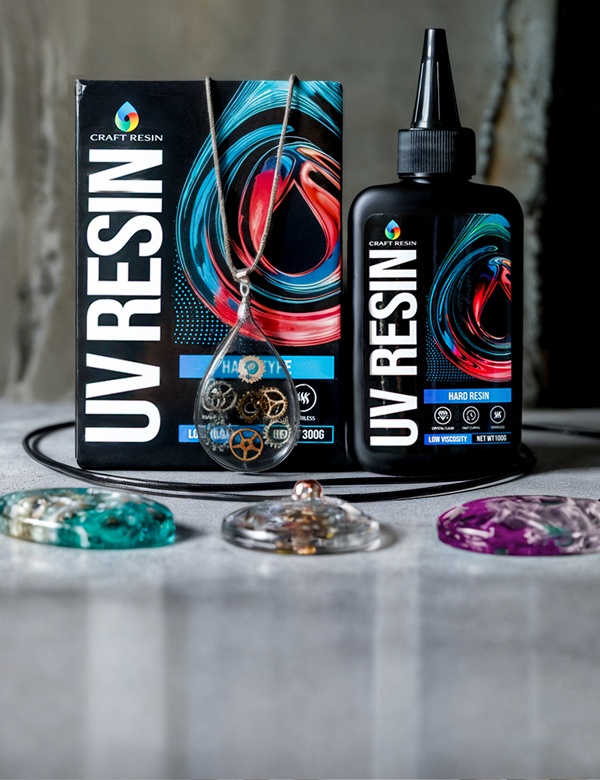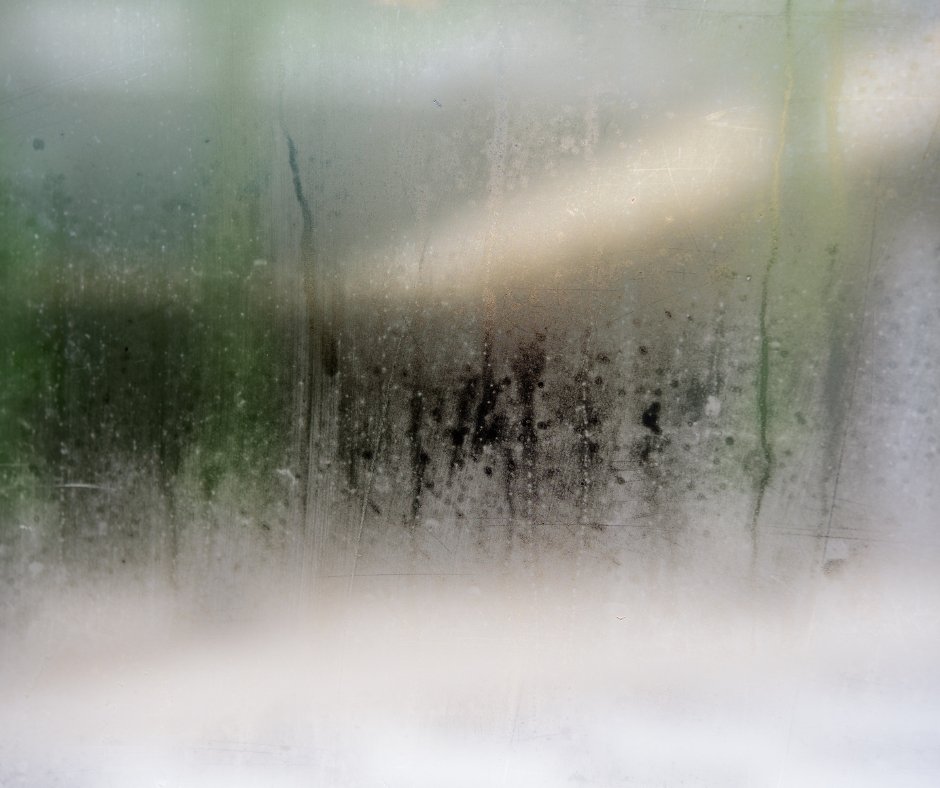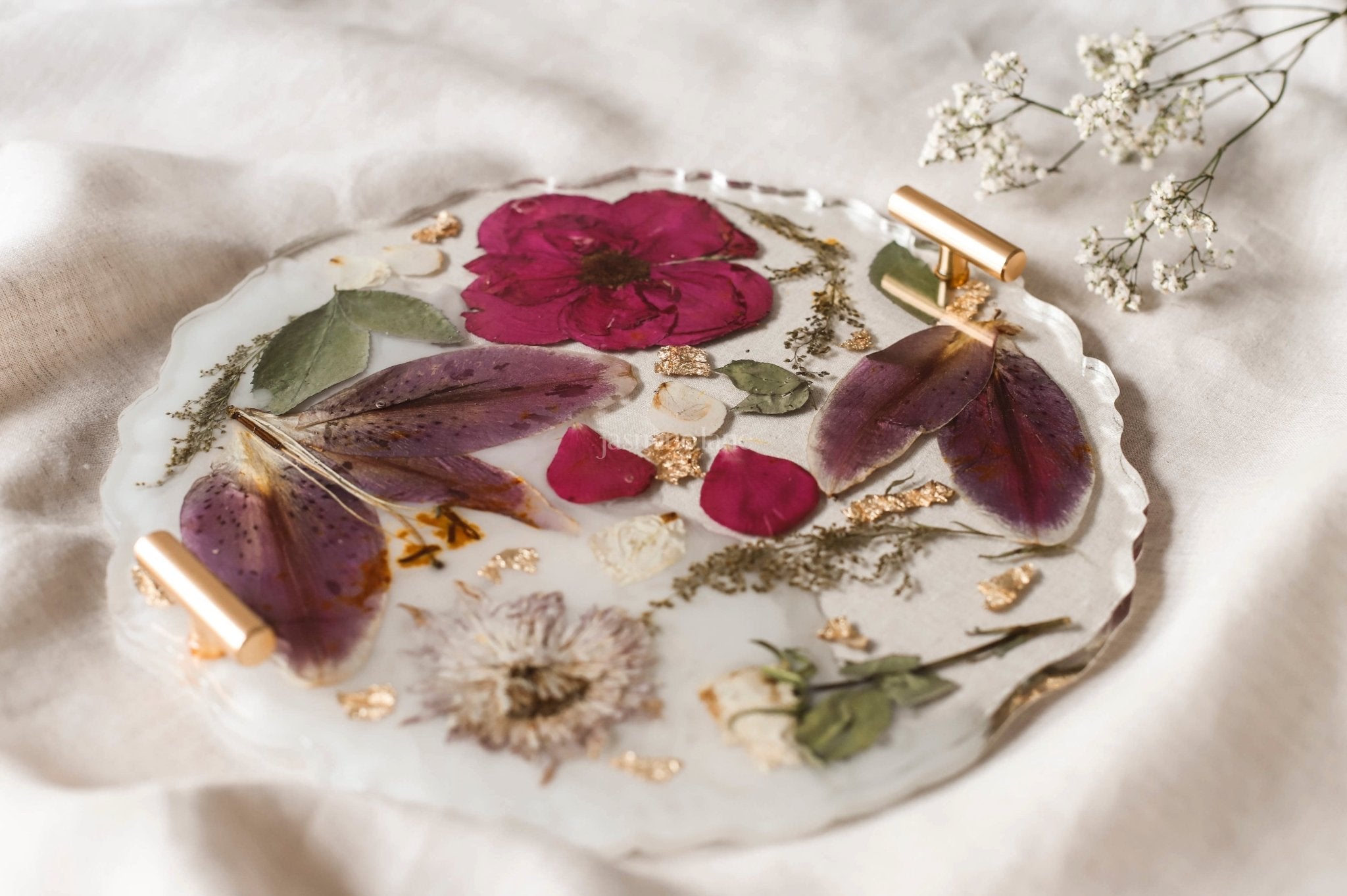Temperature is a big factor when it comes to epoxy resin creations turning out well, or turning out with issues on them. Many people are aware of how temperatures play a part and how they need to monitor the temperature during the creative process, but many people still don’t fully understand the effect that humidity can have on their creations. So today we’ll be diving into humidity.

Humidity is slightly more of a hidden factor that can also affect epoxy resin, it can be harder to sense and then also monitor than a simple change in temperature.
You know yourself when the seasons start to change and the temperature rises you can feel it all around you, it feels warmer, the days are sunnier and pretty much every home/workspace will has some kind of temperature controlled device to control the heating system. These have thermometers built inside of them so you can always take a quick look and see if your workspace is between the recommended 21-24C or 70-75F. But very little places have a humidity gage and humidity can creep up on us slowly and undetected as we go about our days.
In some counties you are probably more humidity aware than you may be in others, when us Brits fly over to Asia for example, as soon as we step off the plane the humidity will hit us and we’ll be leaking water from our bodies through our pores! But generally, in countries like here in the UK as an example, we generally don’t notice unless the humidity spikes by a huge difference. But even here in the UK humidity can occur in levels that will affect your epoxy resin creations.
But why does humidity effect epoxy resin?
Well humidity is basically moisture in the air, if moisture gets near or into epoxy resin it will effect the liquids and potentially cause issues during the curing process. Just as when warming your resin bottles we always say to keep the lids on and not to fill the water past the level of the labels as to not get water anywhere near the liquid substances, the same is true of moisture in the air.
But keeping water away in a sink of warm water is much easier than keeping moisture away that is in the air. For starters you can see the water level in the skink, but you can’t see the moisture In the air!

So what can you do to monitor the humidity and what percentage should you be working at?
First of all you can purchase a humidity gage if you haven’t already got one. Like we previously said above, you’re not always going to know if the humidity level is too high to work with epoxy resin and so the only way to know if it is, is to monitor it on a devise that is specifically designed for this purpose. They can be very cheap to buy so the small investment will be worth it.
When it comes to how much humidity you can potentially get away with having in your work area while you are working with your resin mix and during the curing process is up to 85%, below this is great, anything above this will cause detrimental effects in your creations, such as amine blushing.
If you do notice this happening check out our article about Amine Blushing which talks you through how to fix and avoid it happening again in the future.
If you can get the humidity down to 50-60% during working with epoxy resin then this is perfect and the sweet spot to ensure no humidity issues affect your work.

But how do you reduce the humidity when it does hit?
You can’t stop humidity happening, if the temperature rises and water in the surrounding area evaporates into the air humidity will arise. So you can’t change the fact that humidity will happen, but there are a couple of things you can do to help minimise the humidity in your workspace.
Some artists switch up their normal working times during the more humid months. If you are used to working during the middle of the day when humidity levels could potentially be at there highest, then consider working later on in the evening where the humidity levels might decrease.
It can still be humid in the evenings so you will still need to monitor this. But working in the evenings then gives you another 12 hour curing time before the peak of humidity will hit again the next day, so your projects should be more in the clear of the effects arising after this time, again you will still need to monitor this.
Not everyone can switch their timings up, we completely understand this, and that is one of the joys of owning your own resin business/hobby right, you can do it when it suits you!
If you can’t switch up the times, or as a step you might want to include as well as switching up your times, is to purchase a dehumidifier. A dehumidifier is an appliance that takes the moisture out of the air at home or in your workspace, so this can help a great deal. But this again will need to be kept on during the curing phase too.
One thing to watch if you are using a dehumidifier is that you use this in an enclosed room, if you have any windows open then you will just get more moisture in the air. Because you will then be using our resin in a non-ventilated space, you will need to use a respirator to protect your health as a safety precaution.

We know that switching up your techniques can be a pain, and changes always take time to adjust to. For example wearing a respirator in the warmer months may be more uncomfortable than you are used to, so build up to longer working times again gradually and take regular breaks outside of your resin workspace, in the fresh air, with your respirator removed - Yes that’s us giving you the permission you need for more iced tea breaks, enjoy!
If you have any tips on how you like to work in the humidity that may help others please do share them in the comments below.
Enjoy the warmer months while they are here!
Team Craft Resin

